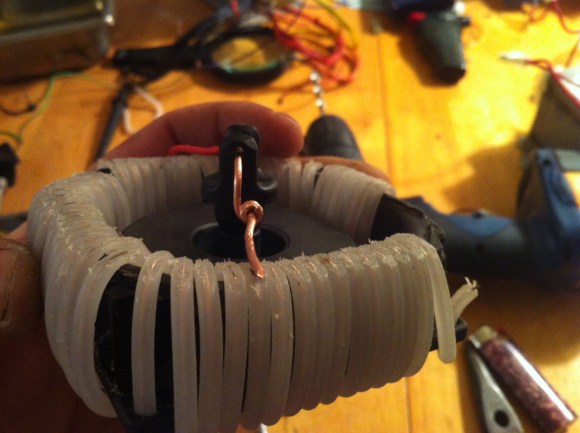For a theatre production, [Jason] needed a way to automatically open and close doors as a special effect. His solution, hosted on Github, lets him remotely control the doors, and put them into a ‘freak out’ mode for one scene in the play.
Two Victor 884 motor controllers are attached to an Arduino that controls the system. A custom controller lets [Jason] actuate the doors remotely, and LEDs are used to display the state of the system.
On the mechanical side, two wind shield wiper motors are used. These are connected to custom arms that were printed using a Lulzbot AO-100. The arms allow for the door to be automatically actuated, but also allow for actors to open the door manually.
The result is a neat special effect, and the 3D models that are included in the repository could be useful for other people looking to build automated doors. In the video after the break, [Jason] walks us through the system’s design and demonstrates it in action.














